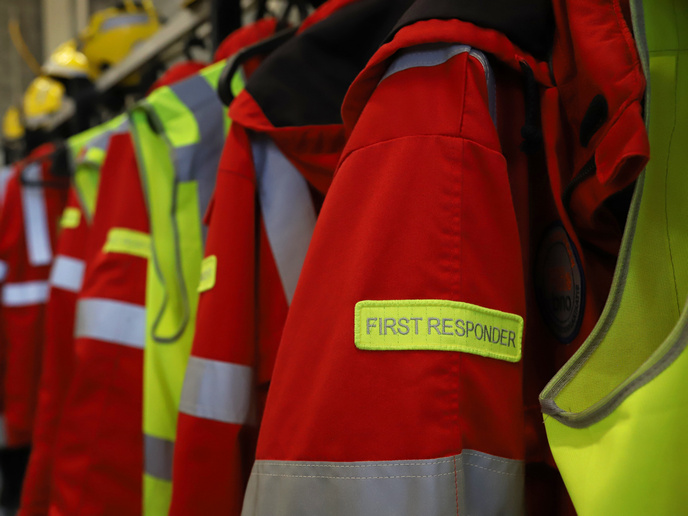Mobile detection and sensor technology for safer European borders
The EU-funded HANDHOLD (Handhold – Handheld olfactory detector) project set out to provide a one-stop shop integrating different technologies for the detection of hidden persons and illegal substances. This move will streamline the current ad hoc use of several disconnected devices. Project partners developed a platform which can be equipped with low-power chemical, biological, radioactive, nuclear and explosive (CBRNE) sensor systems. Several instances of the platform can be deployed and connected by a wifi network. This cost-effective and portable means of detection assists border agents and civil law enforcement, and adds to the functions already performed by detection dogs. If necessary, dogs can be brought in at a later stage to help locate a specific substance. The solution incorporates novel airflow mechanisms to ensure that suitable amounts of target molecules are distributed to up to four sensors equipped at the same time. In addition, advanced software engineering methods enable the simultaneous analysis of various sensor fields followed by real-time reporting to end users. The HANDHOLD team developed four state-of-the-art sensors for CBRNE detection. An advanced geographical mapping and planning tool makes the HANDHOLD platform capabilities available to mission commanders. The system specifically meets the needs of customs and civil law enforcement officers. It can be integrated seamlessly with existing commercial sensors, and covers a range of CBRNE targets by allowing the operation of several sensors together. HANDHOLD outcomes stand to make a significant contribution to detection and surveillance systems. With an increased need for CBRNE detection at EU borders, the system is one more step towards ensuring a more secure Europe.
Keywords
Mobile detection, sensor technology, borders, HANDHOLD, olfactory detector, CBRNE







